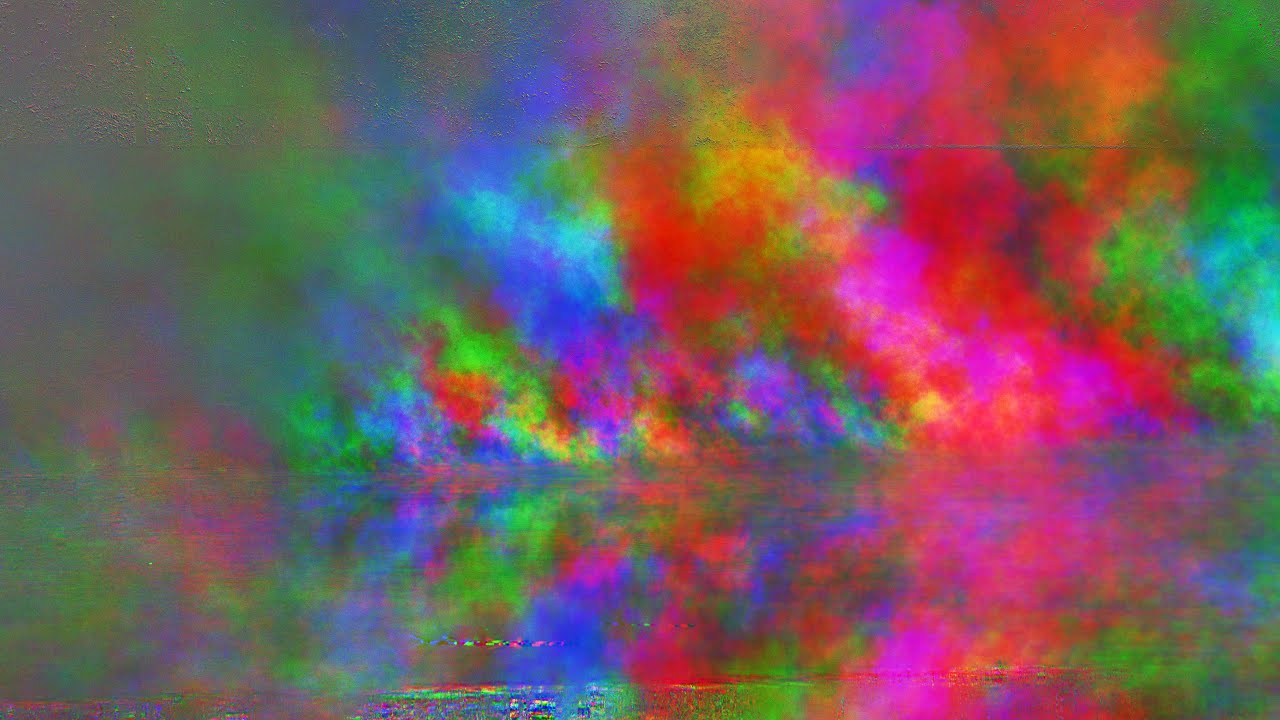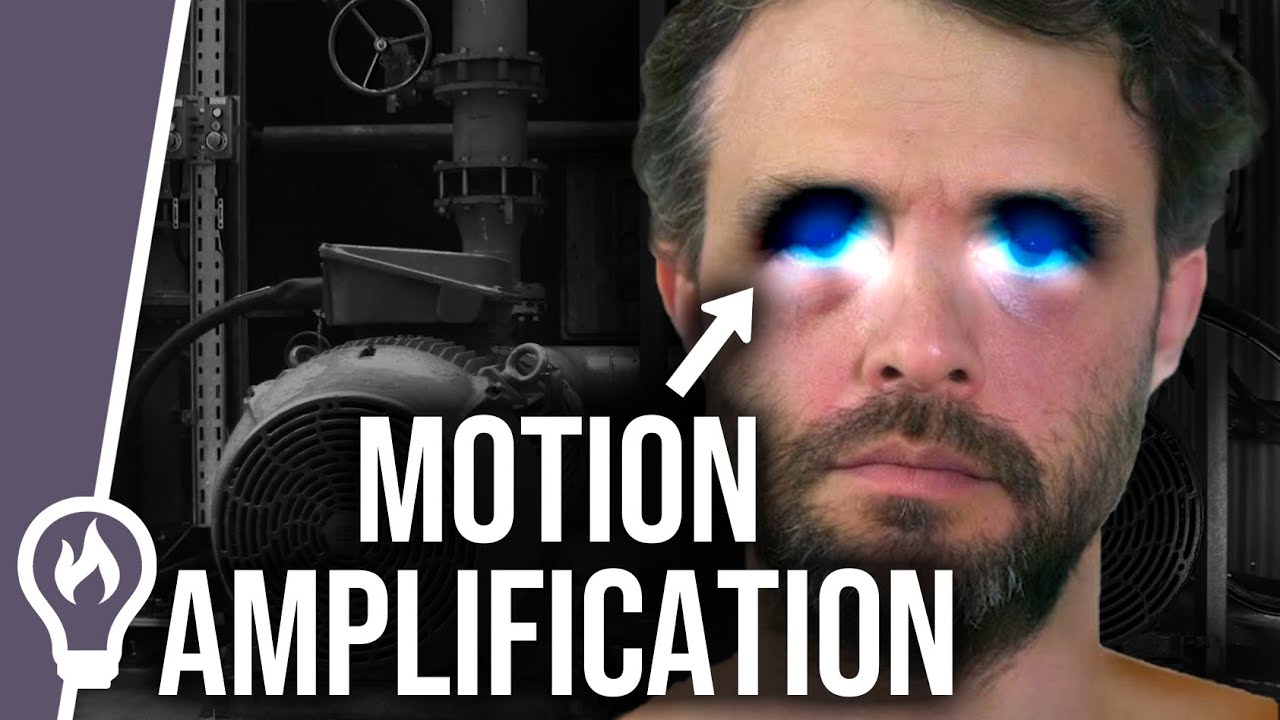I used to do gliding and one searches for thermals - columns of rising air.
But passenger planes need to avoid these.
Recently I was photographing and videoing hares in a field, but they were some distance away. The heat haze was very noticeable even at 9 am.
So I was wondering whether a pair of cameras, configured stereoscopically, with identical exposure / lens settings, set up to take pictures simultaneously, plus some image processing, could measure the shimmering?
In the case of a glider, they tend to fly below the clouds. The cameras could be set to look at a shallow downward slant. To image the ground.
Any thoughts?
Has anyone got experience of using two cameras with say a Raspberry Pi?
Or maybe two webcams and a laptop for initially checking the practicality of this idea.
I used OpenCV some years ago with a webcam. Has anyone used this or other recommendations?
An interesting idea, for sure. But I’ve no experience of using two cameras. I was going to say no experience of using even one, but I now dimly remember we own a pi-based wildlife camera, rather underused.
It looks quite difficult to get two cameras precisely synchronised. So I am wondering whether a single camera could do this, by analysing successive video frames.
The movement of the camera relative to the scene would need to be accounted for, and then the residual “movement” calculated. This residual being the changing density of the air. The thing that astronomers don’t want, but is the wanted signal in this case.
This may be of interest:
It mentions FLIR cameras. I had one some years ago but sent it back as the software was buggy as hell (can’t remember exactly what but they accepted it was a fault and took the return) it was also obscenely expensive for my purposes…
Thanks for that PJ.
Water vapour probably predominates in thermals (it being lower density than oxygen or nitrogen) So maybe it is a matter of detecting the absorption spectrum of water vapour relative to other wavelengths.
I think they are proposing detecting the difference in temperature of different parcels of air.
My suggestion is not really the same. I am proposing measuring the shimmering due to differences of refractive index. My suggestion would need to image an object with distinctive features, such as the ground. (Or maybe stars) and then work out the relative ocurrence of shimmering.
In the case of gliding, it usually is the case that you are flying below the clouds. On a good gliding day the clouds form with quite distinctive flat bases. But the trick is to watch for new clouds forming, which is indicative of a thermal just rising. If you just go towards an existing cloud, then by the time you get to it, the thermal may have lost its strength.
Maybe two cameras, each with its own image processing (an ESP32 etc) One camera looking slant down front left and the other slant down front right. Each ESP32 talking to the other, and quantifying the shimmering seen from their camera.
The readout could be as simple as a line of LEDs. Illuminated according to the strength of shimmering, and the direction to maximum shimmering.
Not entirely unrelated and perhaps food for thought, here’s a video about delay-and-subtract for motion extraction:
Also close by, techniques of motion enhancement (MPEG helpfully extracts local motion vectors as part of compression)
I have a Sony HX60 camera which has a 30x optical zoom.
I set it up on a stable surface, pointing at a tiled roof which was in full sunlight. In movie mode with full optical zoom (but not digital zoom).
With a twig with a few leaves also in the shot. To act as a wind speed indicator.
I think I can see shimmering due to heat haze on the tiles.
Then played it back using VLC Media player. It has a motion detect option.
Of course it easily detected the twig moving. In the light breeze.
But interestingly there was a lot of motion detected on the tiles. Which seems to correlate with the twig not moving. i.e. more heat haze when the breese paused. Which makes sense.
So I think it needs a motion detection algorithm, plus another to remove the motion of the camera itself. Or a means to calculate different motion in different parts of the scene. Say the left half of the scene relative to the right half.
Any thoughts please?
It is a good camera but the display is not very bright, and difficult to see it in strong daylight.
I’m thinking there’d be a global movement vector which covers camera movement, and a lot of local movement vectors which cover shimmer and moving objects. Perhaps one can tell from the size or localisation of patches of movement what they are.

